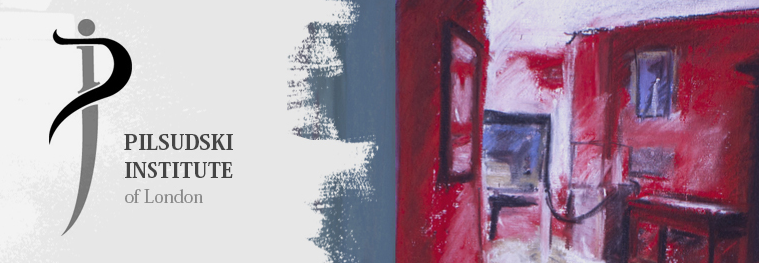Museum
The museum's exhibits are made up of invaluable objects from Poland in the interwar period and later periods. They commemorate the fight for freedom and the fight for freedom and the rebuilding of an independent Poland
History
The collection of artefacts which make up the museum began in 1947, during the creation of the Joseph Pilsudski Institute in London.
Despite the long journeys they had to undertake, with frequent displacements, many Poles managed to rescue precious items from Poland which they took with them when fleeing in 1939 or had previously relocated out of the country amid growing fears that war was imminent. The majority of artefacts displayed in the Institute come from multiple donations from around the world. The collections have grown over the years and continue to do so with new items being donated to this day.
The Collections
For many years, the museum displayed a number of items placed in our care by the Marshal’s family, the collection was made up of mementos from Joseph Pilsudski’s life. They were removed from Poland in September 1939 with the National Defence Fund and crossed Europe and the United States in trunks and suitcases before finally reaching the care of Alexandra Pilsudska in London. Among other items, the collection included the Marshal’s mace and uniform, the officer’s saber and the silver keys to Wilno, as well as personal items which had belonged to the Marshal including binoculars, a watch and a pen. Following repatriation efforts by the Family of Joseph Pilsudski Fund, these items were returned to Poland in 2004 after 65 years.
Despite this, the artefacts in the museum remain very varied. They remind us of the battles for independence and the rebuilding of Poland. Due to the size of our museum we are not able to display all artefacts from the museum collection. There are a number of notable items in our permanent exhibition, namely the uniform of Corporal of the 5th Regiment of the 1st Brigade of Legionnaires, together with the “maciejowka” cap and medals. Behind that is the collection of medals which all depict a likeness of Joseph Pilsudski. A unique artefact is the painting known as “Sejmowy”, which is displayed in a large oak frame, and was commissioned to commemorate the Legislative Sejm which met on the 9th of February 1919. It had hung in the Sejm building in Warsaw and was recovered by the 1st Armoured Division in Wilhelmshaven, Germany after the war.
One of the larger artefacts in the Institute is a cast of the sculpture by Alfons Karny of the Marshal’s head. This sculpture had been housed in the Polish Embassy in Stockholm until 1945. Another cast of the same sculpture can be found at Sulejowek, the former home of the Marshal. Our display cabinets contain a large number of medals and decorations including a collection of decorations and identity cards belonging to Stanislaw Ostrowski, Legionnaire, envoy, former President of Lvov and President of Poland in Exile between 1972-1979.
A cigarette case with messages from soldiers dating to 1917, a signet ring with the Pilsudski family’s coat of arms “Kosciesza”, tickets to events and “Belweder” cigarettes, can all be found among the display of smaller, more personal items. Another exhibit in this area of the museum are the commemorative spades created to mark the construction of the mound at Sowiniec in Krakow, which was named after Joseph Pilsudski.
The walls of the Institute also feature paintings. The most notable of these is of Pilsudski on his horse Kasztanka, painted by Wojciech Kossak in 1929.






